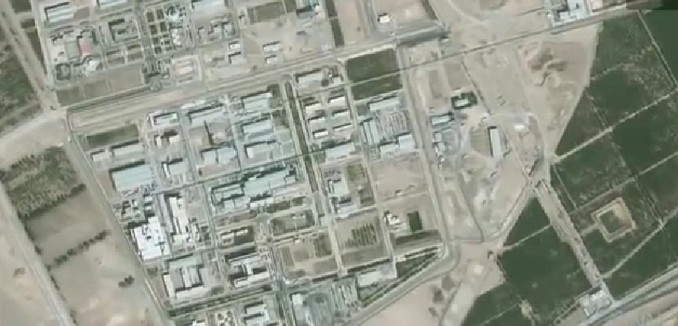It was reported Wednesday that Iran and the International Atomic Energy Agency (IAEA) reached an agreement that Iran will provide the IAEA with information about “large-scale high-explosives experimentation in Iran” by August 25. However, the text of the announcement contains a significant omission.
The Global Security Newswire reports:
The Middle Eastern nation also would offer “information and explanations related to studies made and/or papers published in Iran in relation to neutron transport and associated modeling and calculations and their alleged application to compressed materials,” according to comments issued by Tehran and the U.N. nuclear watchdog.
Both actions would address questions outlined by the Vienna-based agency in a 2011 report on some of the organization’s suspicions over possible nuclear bomb-related efforts in Iran. Tehran’s cooperation with investigators may also indicate its readiness to address additional agency concerns in the future, according to Reuters.
While the joint announcement has language agreeing to “a technical visit to a centrifuge research and development centre,” it doesn’t specifically mention an inspection of the Parchin site, where Iran is suspected of having carried out the high explosive experiments in question.
Earlier this month, the Institute for Science and International Security (ISIS) published a report (PDF) explaining the importance of inspecting Parchin.
For the IAEA to address its outstanding concerns about past and possibly ongoing military nuclear activities, Iran will need to provide far more cooperation on the Parchin issue, and other related issues, than it has done so far. If it does not, it risks not achieving a final deal with the P5+1 or not receiving significant sanctions relief if an extension of the six-month interim deal is necessary.
A deal that does not include Iran addressing the IAEA’s concerns about the past and possible ongoing military dimensions of Iran’s nuclear program would undermine the verifiability of that deal. Iran would feel emboldened to resist future IAEA efforts, despite any future implementation of the Additional Protocol, which again would aim both to determine whether Iran’s declaration is correct andcomplete and to ensure the absence of undeclared nuclear activities and facilities. These efforts will inevitably require visits to military sites and much greater Iranian cooperation.
[Photo: Sherlock72 / YouTube ]




